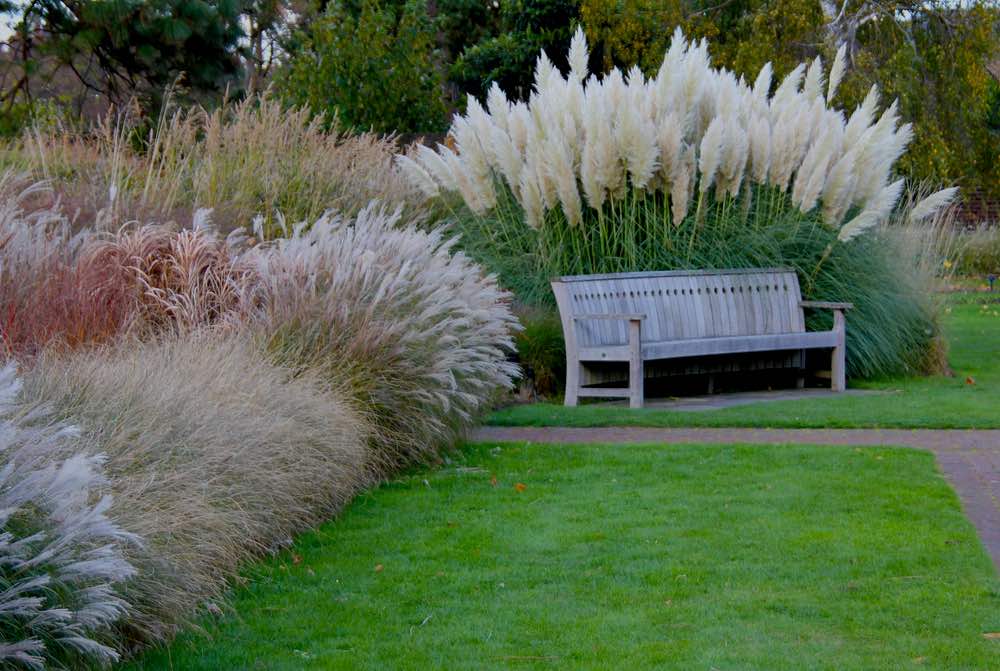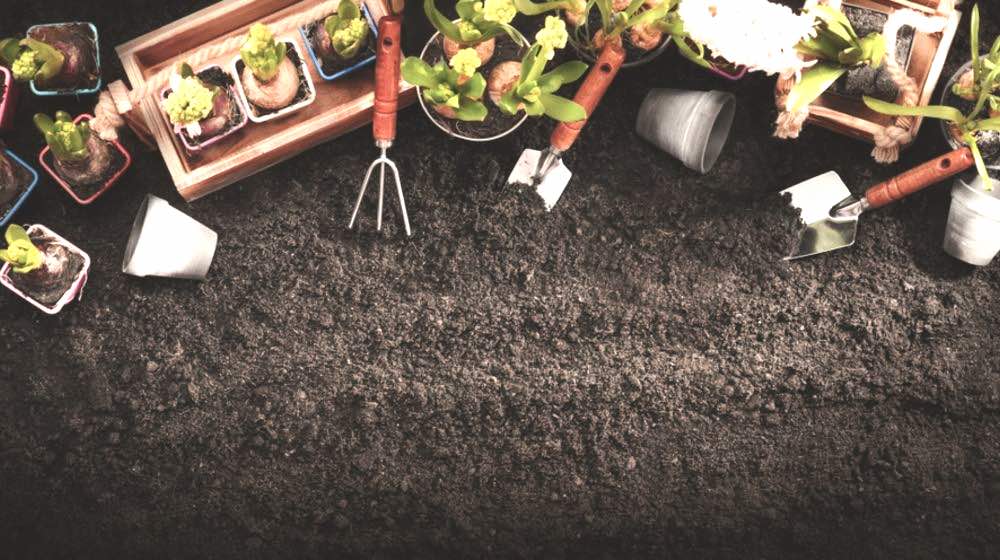This article will help give you a comprehensive understanding of what exactly gardening zones or agricultural hardiness zones are and how to utilize this information to make your garden flourish.
RELATED: Gardening Terms You Probably Don't Know But Should
In this article:
- Question and Answer About Gardening Zones and Agricultural Hardiness Zones
- Different Agricultural Hardiness Zones
- How Agricultural Hardiness Zones Are Used
Agricultural Hardiness Zones And Gardening Zones
Question and Answer About Gardening Zones and Agricultural Hardiness Zones

Q: Recently, you mentioned that some ornamental grasses were only hardy to Zone 5 or Zone 7. Does that mean they are hardy from gardening Zones 1 through 5 or 1 through 7?
A: I am sorry for the confusion. The lower the cold hardiness zone number, the colder the average winter temperature. The lower the cold hardiness gardening zone number, the hardier the plant is.
Different Agricultural Hardiness Zones
|
Cold hardiness gardening zone maps are drawn with the coldest and lowest numbered zones starting in the north. So, Zone 1 would be in northern Alaska, where the temperature reaches -60°F.
Each zone gets 10° warmer, so Zone 2 is only 50° below zero, and Zone 3, in northern Minnesota, is -40°F. The grasses mentioned as being hardy to Zone 5 can tolerate -20°F, while the Zone 7 plants can only go down to 0°F.
If we start in warm climates, such as southern Florida (which is in cold hardiness Zone 11, with its 40°F average winter temperature), then we may say that a plant is only hardy to gardening Zones 4 or 5.
All of the cold hardiness zone maps use the average annual minimum temperature, which is not the same as the coldest minimum temperature that occurred each year during that time.
For example, Zone 6, which averages 10° below zero, may have had several winters during the 10 to 30 years of data collection during which the temperature went to -21° or -27° and several years where the coldest temperature only went to -4°. But the overall average is still 10° below zero.
Planting trees that you want to live more than a few years will require looking at more information than just the hardiness zone map and its averages.
RELATED: Container Gardening Tips For The Winter Season
How Agricultural Hardiness Zones Are Used
|
So how should a hardiness zone map be used? Gardeners need to keep in mind that all cold hardiness zone maps only account for one factor in a plant's environmental needs for growth and survival.
All of the following factors can influence a plant's survival:
- heat
- street lights versus day length
- soil toxins
- airborne toxins
- acid rain
- fertilizer
- watering
- pest control
- location (a yard versus sidewalk planter box)
- microclimates
- spring and fall frosts
- soil pH
- soil aeration, and many others.
Even though Seattle, Washington, Dallas, Texas, and Tallahassee, Florida, are all in cold hardiness Zone 8, they have very different climates when you consider all the other weather factors.
Plus, every individual landscape has small microclimatic differences. For instance, the flower beds in front of a south-facing brick wall maybe a cold hardiness gardening zone or two warmer than the flower beds in the shady north side of the same building, because they never get as cold.
Unfortunately, there are no maps telling gardeners if they live in an area that is too wet, dry, sunny, or shady or any other information aside from average temperatures. The heat zone maps that have been produced in the past are even less reliable than the cold hardiness maps and are only useful in a general way.
What to Plant
|
If you want to plant long-lifespan trees, shrubs, and perennials such as peonies, then consider that the cold hardiness map is only recording average lows and not extreme lows. You may want to get plants hardy to at least one zone colder than the map or plant catalog indicates, just so it can survive record-cold winter temperatures.
Of course, you will still want to consider all of the other aspects of the climate, soil, sunshine, and water that the plant will need to survive as you make your final decision.
Watch this video from Garden Answer to learn more about agricultural hardiness zones:
As a basic concept to determine agricultural hardiness zones, the lower the number of the zone is the colder the average temperature of that area is. At the same time, it means the colder the zone is the hardier the plant is needed.
This usually depends on the geographical location of a place since the northern part of this country usually has a colder climate as compared to the central part and the southern part.
What are your thoughts about these agricultural hardiness zones? Share it with us in the comment section provided below.
UP NEXT:
- Determine Your Hardiness Zone And Ensure Growing Success
- Indoor Winter Garden To Extend Growing And Harvest Season
- Growing Cabbage In The Cool Season | Garden Season Guide
Want to stay up to date? Follow Garden Season on Facebook, Twitter, Instagram, and Pinterest.
Editor’s Note: This post has been updated for quality and relevancy.



